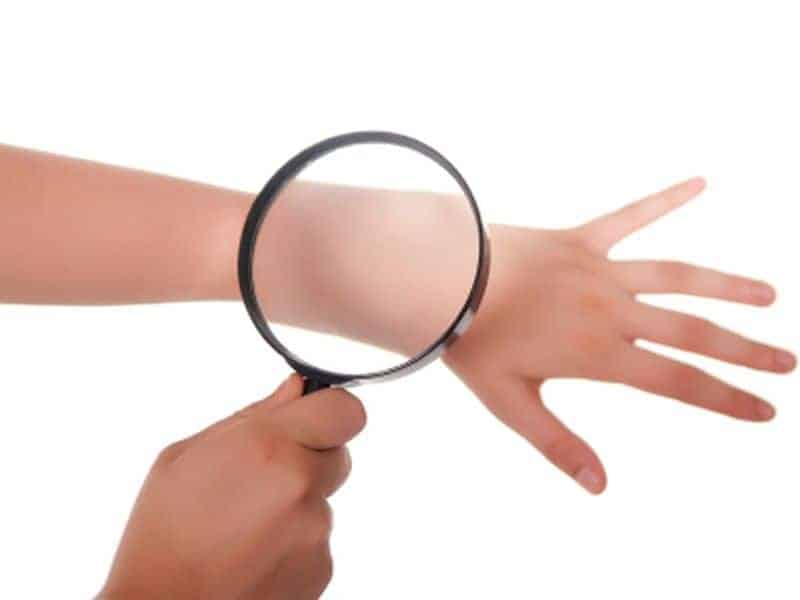Genome-wide association studies (GWASs) have identified a melanoma-associated locus on chromosome band 7p21.1 with rs117132860 as the lead SNP and a secondary independent signal marked by rs73069846. rs117132860 is also associated with tanning ability and cutaneous squamous cell carcinoma (cSCC). Because ultraviolet radiation (UVR) is a key environmental exposure for all three traits, we investigated the mechanisms by which this locus contributes to melanoma risk, focusing on cellular response to UVR. Fine-mapping of melanoma GWASs identified four independent sets of candidate causal variants. A GWAS region-focused Capture-C study of primary melanocytes identified physical interactions between two causal sets and the promoter of the aryl hydrocarbon receptor (AHR). Subsequent chromatin state annotation, eQTL, and luciferase assays identified rs117132860 as a functional variant and reinforced AHR as a likely causal gene. Because AHR plays critical roles in cellular response to dioxin and UVR, we explored links between this SNP and AHR expression after both 2,3,7,8-tetrachlorodibenzo-p-dioxin (TCDD) and ultraviolet B (UVB) exposure. Allele-specific AHR binding to rs117132860-G was enhanced following both, consistent with predicted weakened AHR binding to the risk/poor-tanning rs117132860-A allele, and allele-preferential AHR expression driven from the protective rs117132860-G allele was observed following UVB exposure. Small deletions surrounding rs117132860 introduced via CRISPR abrogates AHR binding, reduces melanocyte cell growth, and prolongs growth arrest following UVB exposure. These data suggest AHR is a melanoma susceptibility gene at the 7p21.1 risk locus and rs117132860 is a functional variant within a UVB-responsive element, leading to allelic AHR expression and altering melanocyte growth phenotypes upon exposure.Published by Elsevier Inc.
A UVB-responsive common variant at chromosome band 7p21.1 confers tanning response and melanoma risk via regulation of the aryl hydrocarbon receptor, AHR.


